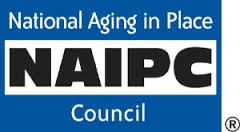When beginning the process of evaluating and buying a stairlift, many of our customers ask themselves: Should I self-install my stairlift? The short answer – and it isn’t just because we’re the chair installation experts! – is no, and this is for many reasons.
Although many products feature simple operation, their installation processes may not be; in fact, it is often a thorough, sensitive practice. Our professionally certified techs can ensure a high quality installation and service for your and your family, and because we’re both certified and insured you can rest assured that we’ll be by your side throughout the process.
In the end, while self-installation may save money, it can also put you, your family, or your home in danger. The more sophisticated the design, the more true that statement becomes. Don’t put yourself in harm’s way; let us assist you.

















